How to Spot a Genuine Silk Saree: Essential Tips for Shoppers
Silk sarees are timeless, elegant, and a staple in many wardrobes. However, with the myriad of options available in the market, distinguishing a genuine silk saree from an imitation can be challenging. In this comprehensive guide, we'll explore the key features and tests to help you identify authentic silk sarees, ensuring you make an informed purchase.
1. Understanding Silk: The Basics
Before delving into the identification process, it’s essential to understand what makes silk special. Silk is a natural protein fiber produced by silkworms. The most renowned silk comes from the Bombyx mori silkworm, which spins a cocoon that can be unraveled to produce long, lustrous threads. Genuine silk is known for its sheen, softness, and durability. Different types of silk, such as Mulberry, Tussar, and Eri, each have unique characteristics that contribute to the variety and richness of silk sarees available.
Types of Silk
- Mulberry Silk: The most common and widely used silk, known for its smooth texture and high sheen.
- Tussar Silk: Often called wild silk, Tussar has a rich texture and a natural gold sheen.
- Eri Silk: Also known as Ahimsa silk, it is durable and has a soft, woolly feel.
- Muga Silk: Exclusive to Assam, India, Muga silk has a natural golden tint and is known for its durability.
2. The Touch Test: Feel the Fabric
One of the simplest ways to identify a silk saree is by feeling the fabric. Genuine silk is smooth, soft, and cool to the touch. It drapes well and feels luxurious against the skin. Imitation silks, on the other hand, may feel coarse, stiff, or overly slippery due to synthetic fibers.
Detailed Sensory Analysis
- Softness and Smoothness: Authentic silk will feel incredibly soft yet firm. It should not feel overly slippery, which is a characteristic of synthetic fibers.
- Coolness to Touch: Real silk remains cool in warm weather and warm in cool weather. This temperature-regulating property is unique to natural fibers.
- Drape Test: Genuine silk will drape naturally and flow gracefully, enhancing the saree's overall elegance.
3. The Burn Test: A Definitive Check
For those who can perform it safely, the burn test is a reliable method to differentiate silk from synthetic fabrics. Carefully take a small, hidden thread from the saree and burn it. Genuine silk burns slowly, emitting a smell similar to burnt hair or feathers, and leaves behind a black, powdery ash. Synthetic fibers, however, melt quickly, smell like burning plastic, and leave a hard bead residue.
Steps for the Burn Test
- Preparation: Take a small, inconspicuous thread from the edge of the saree.
- Burning: Using a match or lighter, carefully burn the thread.
- Observation: Note the smell and residue. Genuine silk should smell like burnt hair and leave a powdery ash.
4. Visual Inspection: Look for Irregularities
Authentic silk sarees often have minor imperfections or irregularities due to the hand-weaving process. These imperfections are signs of authenticity, as machine-made imitations are usually flawless. Additionally, genuine silk has a natural sheen that changes color when viewed from different angles, a characteristic known as ‘scroop.’
Key Visual Indicators
- Irregularities: Look for slight variations in the weave, which indicate handloom production.
- Sheen and Color: Genuine silk has a soft glow that changes with the angle of light, unlike synthetic fibers, which may have a uniform shine.
- Weave Patterns: Authentic silk sarees have intricate patterns that are carefully crafted by skilled artisans. Machine-made imitations lack this level of detail.
5. Weave and Design: Traditional Patterns
Silk sarees are renowned for their intricate weaves and traditional designs. Familiarize yourself with popular varieties such as Kanchipuram, Banarasi, and Patola. Each type has distinctive patterns and motifs that are difficult to replicate in synthetic fabrics. For instance, a genuine Banarasi saree will have intricate Mughal-inspired designs, while a Kanchipuram saree is known for its temple borders and vibrant colors.
Popular Silk Saree Varieties
- Kanchipuram Silk: Known for its rich colors and temple-inspired borders, often featuring zari (gold thread) work.
- Banarasi Silk: Famous for its intricate brocade work with Mughal motifs like floral and foliate designs.
- Patola Silk: Double ikat woven sarees from Gujarat, known for their complex patterns and vibrant colors.
- Chanderi Silk: Lightweight sarees with zari woven into the fabric, offering a shimmery appearance.
6. The Water Test: Absorption Matters
Silk is highly absorbent and can hold up to 30% of its weight in moisture without feeling damp. To perform the water test, sprinkle a few drops of water on the saree. Genuine silk will absorb the water quickly and leave a dark, wet spot that dries slowly. Synthetic fabrics may repel water or absorb it much slower.
Conducting the Water Test
- Application: Sprinkle a few drops of water on an inconspicuous area of the saree.
- Observation: Genuine silk will absorb the water immediately, darkening the fabric.
- Drying: Observe the drying process. Real silk will dry slowly compared to synthetic fabrics.
7. The Ring Test: Flexibility and Strength
The ring test involves passing a portion of the saree through a ring. Genuine silk, being fine and flexible, should easily glide through without much resistance. This test highlights silk’s unique combination of strength and delicacy.
Performing the Ring Test
- Preparation: Take a small section of the saree, preferably the pallu (end piece).
- Testing: Try to pass the section through a ring.
- Observation: Genuine silk will pass through smoothly, while thicker or synthetic fabrics may get stuck.
8. Pricing: You Get What You Pay For
Price can be a significant indicator of authenticity. Genuine silk sarees are labor-intensive to produce and use high-quality materials, making them more expensive than synthetic versions. If a deal seems too good to be true, it probably is. Research the average market price for different types of silk sarees to set realistic expectations.
Price Points for Silk Sarees
- Mulberry Silk: Typically ranges from $100 to $500 depending on the intricacy of the design.
- Tussar Silk: Prices range from $80 to $300.
- Banarasi Silk: Can vary from $200 to $1000 or more, especially for pure zari work.
- Kanchipuram Silk: Often starts at $150 and can go up to $2000 for wedding sarees.
9. Certification and Labels: Trustworthy Indicators
Many reputable sellers provide certification of authenticity for silk sarees. Look for labels or tags that indicate the saree’s origin, type of silk, and sometimes a government certification mark, such as the Silk Mark from India. These labels add an extra layer of assurance that you are purchasing a genuine product.
Recognizing Certification Marks
- Silk Mark: Issued by the Silk Mark Organisation of India, this label ensures the authenticity of silk products.
- GI Tags (Geographical Indication): Certain regions have GI tags for their silk sarees, such as Kanchipuram and Banarasi, indicating their unique regional production.
10. Consult an Expert: When in Doubt
If you’re still unsure about the authenticity of a silk saree, consult an expert. Experienced sellers, weavers, or textile experts can provide valuable insights and help you make an informed decision. Many cities with a rich tradition of silk weaving have specialists who can authenticate sarees.
Finding Reliable Experts
- Local Weavers and Artisans: Visit areas known for silk production and speak with local weavers.
- Reputable Retailers: Purchase from well-known, reputable stores with a history of selling authentic silk.
- Textile Museums and Exhibitions: Attend exhibitions and consult curators for expert opinions.
Conclusion
Identifying a genuine silk saree involves a combination of sensory tests, visual inspections, and understanding traditional patterns. By applying these tips and techniques, you can confidently select authentic silk sarees that are worth every penny. Remember, the timeless beauty and elegance of a genuine silk saree make the effort to ensure authenticity truly worthwhile.
Investing in a genuine silk saree not only adds a timeless piece to your wardrobe but also supports the skilled artisans who keep this rich tradition alive. Happy saree shopping!

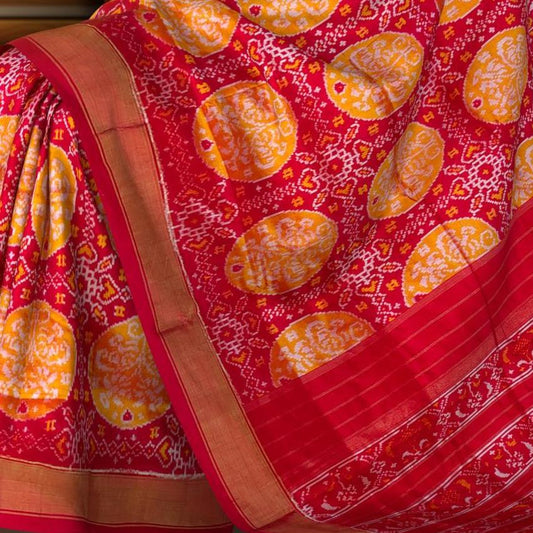
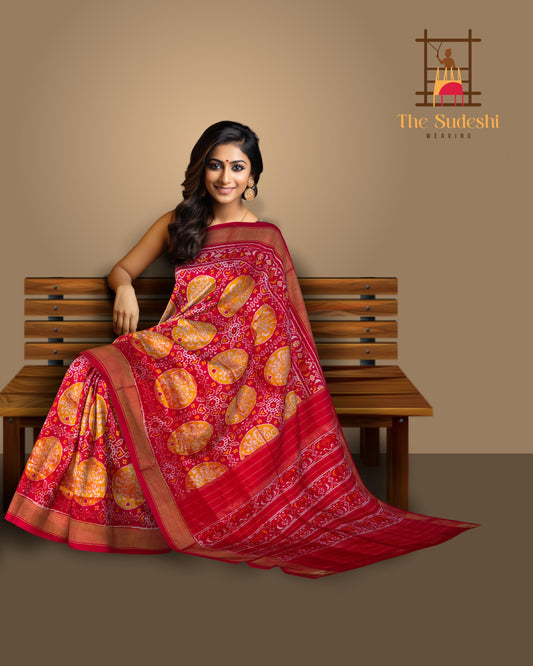
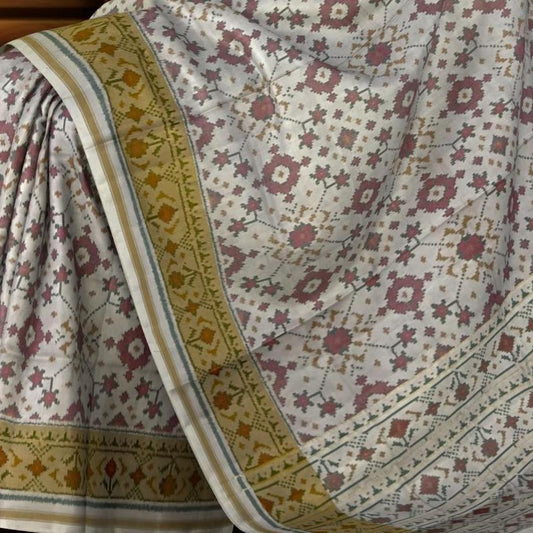
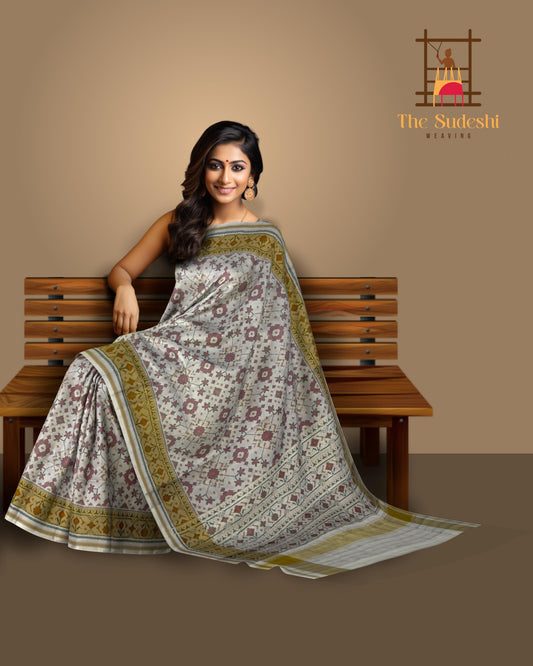
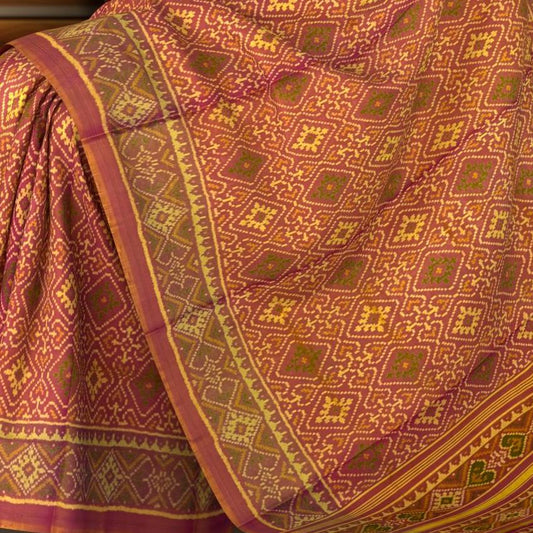
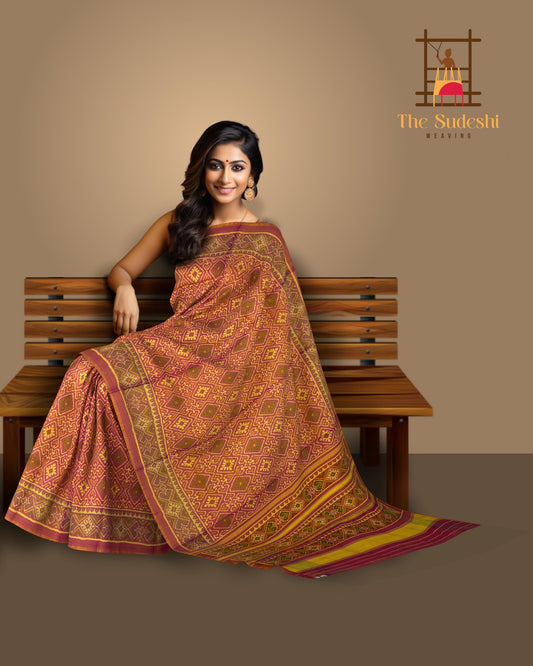
Leave a comment
Please note, comments need to be approved before they are published.